Home>Gardening & Outdoor>Outdoor Recreation & Activities>Why Does Water Roll Off A Persons Skin When The Person Gets Out Of A Swimming Pool?
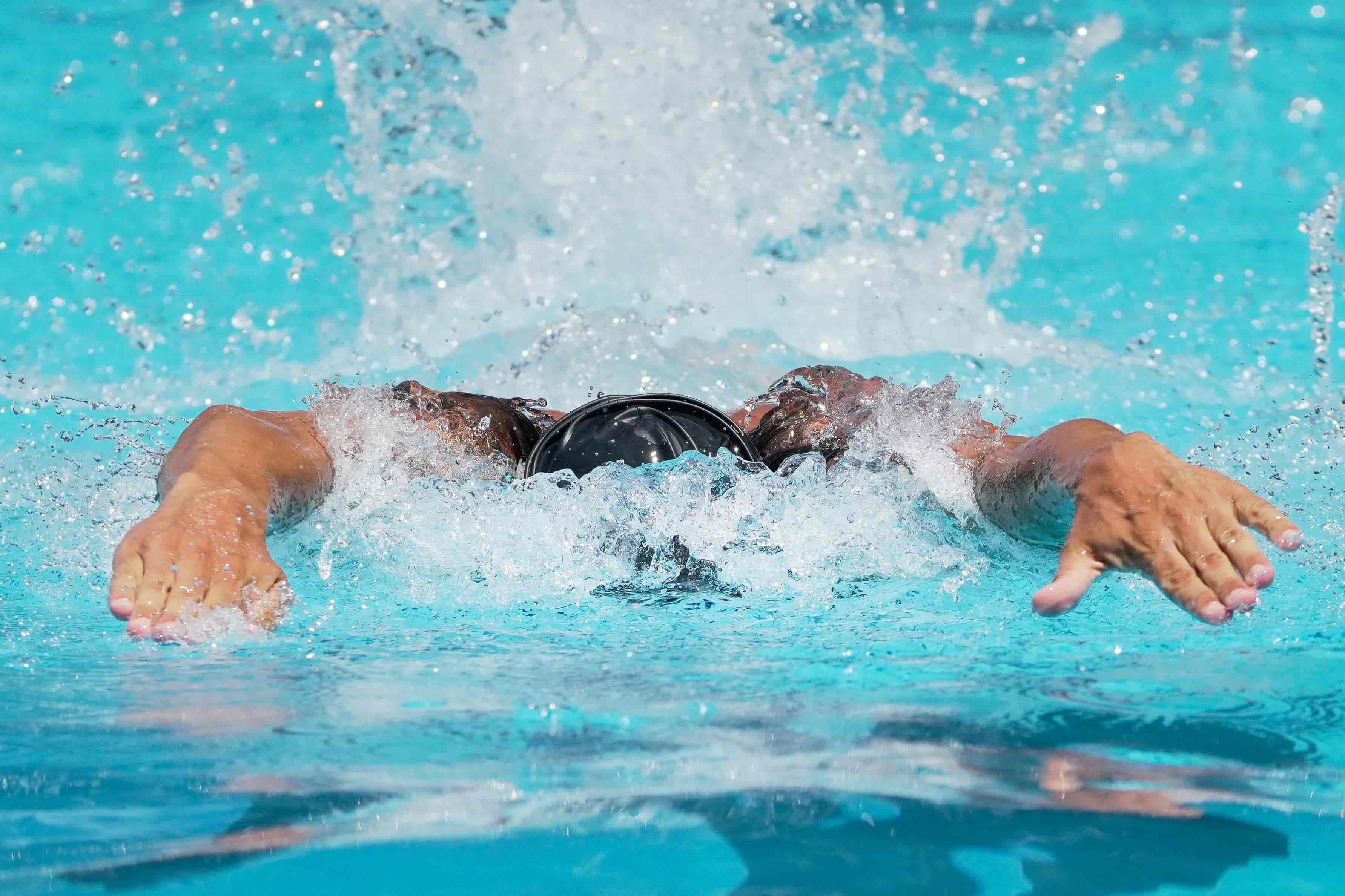

Outdoor Recreation & Activities
Why Does Water Roll Off A Persons Skin When The Person Gets Out Of A Swimming Pool?
Published: February 18, 2024
Discover the science behind water rolling off your skin after a swim. Learn about outdoor recreation and activities. Explore more with us!
(Many of the links in this article redirect to a specific reviewed product. Your purchase of these products through affiliate links helps to generate commission for Storables.com, at no extra cost. Learn more)
Introduction
Have you ever wondered why water seems to effortlessly roll off your skin when you emerge from a refreshing swim? The phenomenon of water beading and sliding off the body's surface is a fascinating blend of physics, biology, and environmental interaction. Understanding the science behind this everyday occurrence can provide valuable insights into the remarkable properties of water and the human body. In this article, we will delve into the captivating world of water and skin interaction, exploring the factors that contribute to the mesmerizing spectacle of water droplets gliding effortlessly off our bodies. From the intricacies of surface tension to the influence of body hair and movement, we will unravel the secrets behind this intriguing phenomenon. So, let's embark on this scientific journey and uncover the captivating reasons why water rolls off a person's skin after a delightful swim.
Key Takeaways:
- Water rolls off your skin after swimming due to surface tension, skin’s hydrophobic barrier, and body movement. It’s like a magical dance between water and your body!
- Body hair also helps water roll off your skin by disrupting the water film. It’s like body hair creates a slide for water droplets to glide off!
Read more: Why Does Swimming Pool Water Turn Green
The Science of Water and Skin
The interaction between water and the human skin is a captivating display of scientific principles at work. At the heart of this phenomenon lies the concept of surface tension, a fundamental property of water that gives rise to its remarkable behavior on the skin's surface. Surface tension is the result of water molecules being more strongly attracted to each other than to the molecules of the material they are in contact with. When a person emerges from a swimming pool, the water droplets that form on the skin are a testament to the cohesive forces between water molecules, creating a thin film that resists breaking apart.
Furthermore, the outermost layer of the skin, known as the stratum corneum, plays a crucial role in repelling water. This layer consists of dead skin cells embedded in a matrix of lipids, forming a hydrophobic barrier that inhibits water penetration. The hydrophobic nature of the stratum corneum, combined with the cohesive properties of water, results in the formation of water droplets that bead up and slide off the skin's surface.
Moreover, the temperature of the water and the skin also influences this phenomenon. When the skin is warmer than the water, the heat causes the water droplets to evaporate more rapidly, aiding in the process of water shedding from the skin. Conversely, if the water is warmer than the skin, the opposite effect occurs, as the water droplets may linger on the skin's surface for a longer duration.
In addition to surface tension and skin properties, the angle at which the water contacts the skin also contributes to the phenomenon. When water makes contact with the skin at a shallow angle, the cohesive forces between water molecules enable the formation of larger droplets that are more likely to roll off the skin. This behavior is a result of the balance between gravitational force and the adhesive forces between water and the skin's surface.
Understanding the intricate interplay between water and the skin at a molecular level provides a deeper appreciation for the mesmerizing sight of water effortlessly gliding off the body. The next time you emerge from a swim, take a moment to marvel at the captivating science behind this everyday spectacle.
Surface Tension and Hydrophobicity
The captivating phenomenon of water rolling off a person's skin after a swim is intricately linked to the concepts of surface tension and hydrophobicity. Surface tension, a fundamental property of water, arises from the cohesive forces between water molecules. This cohesive nature causes water to form droplets on the skin's surface, resisting dispersion and creating a thin film that appears to effortlessly glide off the body.
Moreover, the outermost layer of the skin, the stratum corneum, plays a pivotal role in repelling water due to its hydrophobic nature. Comprising a matrix of lipids and dead skin cells, the stratum corneum forms a barrier that inhibits water penetration. This hydrophobic barrier, in conjunction with the cohesive properties of water, results in the formation of water droplets that bead up and slide off the skin's surface.
The interplay between surface tension and hydrophobicity is a mesmerizing display of molecular forces at work. As water molecules exhibit a natural tendency to minimize their contact with hydrophobic surfaces, the hydrophobic nature of the skin's outer layer further facilitates the formation of water droplets that resist adherence. This interaction showcases the delicate balance between cohesive forces within water and the hydrophobic properties of the skin, culminating in the captivating sight of water effortlessly rolling off the body.
In addition to surface tension and hydrophobicity, the angle at which water contacts the skin also influences the phenomenon. When water makes contact with the skin at a shallow angle, the cohesive forces between water molecules enable the formation of larger droplets that are more likely to roll off the skin. This behavior is a result of the delicate equilibrium between gravitational force and the adhesive forces between water and the skin's surface.
The intricate relationship between surface tension and hydrophobicity provides a profound understanding of the mesmerizing sight of water beading and sliding off the body. This captivating interplay of scientific principles not only enriches our appreciation of everyday experiences but also unveils the remarkable synergy between water and the human body at a molecular level.
The water rolls off a person’s skin when they get out of a swimming pool because of the surface tension of water. The water molecules stick together and form droplets, which then slide off the skin due to gravity.
The Role of Body Hair
The presence of body hair significantly influences the interaction between water and the skin, contributing to the mesmerizing spectacle of water rolling off a person's body after a swim. Body hair, particularly in areas such as the arms, legs, and chest, plays a pivotal role in shaping the behavior of water droplets on the skin's surface.
When a person emerges from a swimming pool, the water droplets that form on the skin interact with body hair, creating a fascinating interplay of forces. The hydrophobic nature of body hair, similar to the skin's outer layer, contributes to the repulsion of water. The structure of body hair, characterized by its uneven and non-planar surface, further enhances the formation of water droplets that resist adherence. This uneven surface disrupts the continuity of the water film, promoting the formation of distinct droplets that are more likely to roll off the skin.
Moreover, the presence of body hair alters the contact angle at which water interacts with the skin. When water makes contact with areas of the skin with body hair, the irregular surface topography influences the angle at which water droplets form, affecting their propensity to adhere to the skin. This interaction between body hair and water droplets showcases the intricate interplay between surface tension, hydrophobicity, and the physical characteristics of the skin's surface.
Furthermore, the density and distribution of body hair across different regions of the body contribute to variations in the behavior of water droplets. Areas with denser body hair, such as the chest or legs, may exhibit a more pronounced effect on water shedding compared to regions with sparser hair coverage. The presence of body hair introduces a dynamic element to the interaction between water and the skin, shaping the formation and movement of water droplets in a captivating display of scientific principles at work.
Understanding the role of body hair in the phenomenon of water rolling off a person's skin provides valuable insights into the multifaceted nature of this everyday spectacle. The interplay between body hair, surface tension, and hydrophobicity enriches our understanding of the captivating synergy between the human body and the surrounding environment, offering a deeper appreciation for the remarkable interplay of forces that govern this mesmerizing phenomenon.
The Effect of Body Movement
The mesmerizing spectacle of water rolling off a person's skin after a swim is not only influenced by surface tension, hydrophobicity, and body hair but also by the effect of body movement. When a person emerges from a swimming pool, the dynamic interplay between body movement and the properties of water and skin contributes to the captivating behavior of water droplets on the body's surface.
The motion of the body, characterized by actions such as shaking, rubbing, or simply walking, plays a significant role in facilitating the shedding of water droplets from the skin. As the body moves, the kinetic energy generated by these movements imparts a force to the water droplets, aiding in their detachment from the skin's surface. This dynamic interaction between body movement and water droplets showcases the influence of external forces in augmenting the natural shedding process.
Furthermore, the angle and speed of body movements influence the trajectory of water droplets as they disengage from the skin. Rapid movements, such as shaking or briskly rubbing the skin, can propel water droplets away from the body, accelerating the shedding process. The combination of body movement and the cohesive forces within water creates a dynamic interplay that expedites the removal of water from the skin's surface.
In addition, the interaction between body movement and water shedding varies across different regions of the body. Areas with pronounced contours, such as joints or creases, may experience enhanced shedding of water droplets due to the amplification of kinetic forces during movement. The intricate topography of the body's surface, coupled with the influence of body movement, shapes the behavior of water droplets in a captivating display of dynamic interaction.
Moreover, the effect of body movement extends beyond the immediate shedding of water droplets, contributing to the overall sensation of drying off after a swim. The act of briskly rubbing the skin with a towel, a common post-swim ritual, harnesses the influence of body movement to accelerate the removal of residual water, further enhancing the drying process.
Understanding the effect of body movement on the shedding of water from the skin provides valuable insights into the dynamic interplay between human motion and the surrounding environment. This multifaceted interaction enriches our appreciation of the captivating synergy between the human body and water, unveiling the remarkable influence of movement in shaping the behavior of water droplets on the skin's surface.
Read more: Why Is Chlorine Added To Swimming Pool Water
Conclusion
The captivating phenomenon of water rolling off a person's skin after a swim is a mesmerizing interplay of scientific principles, environmental interaction, and the remarkable properties of the human body. From the intricate dynamics of surface tension and hydrophobicity to the influence of body hair and body movement, this everyday spectacle unveils a captivating synergy between water and the skin.
At its core, the phenomenon of water shedding from the skin embodies the delicate balance between cohesive forces within water and the hydrophobic nature of the skin's outer layer. The cohesive properties of water give rise to the formation of water droplets that resist dispersion, creating a thin film that appears to effortlessly glide off the body. This captivating behavior is further shaped by the hydrophobic barrier of the stratum corneum, which inhibits water penetration and contributes to the formation of distinct water droplets on the skin's surface.
Moreover, the presence of body hair introduces a dynamic element to the interaction, influencing the behavior of water droplets and contributing to the overall shedding process. The uneven and non-planar surface of body hair disrupts the continuity of the water film, promoting the formation of distinct droplets that are more likely to roll off the skin. This multifaceted interplay enriches our understanding of the captivating synergy between the human body and the surrounding environment, offering a deeper appreciation for the remarkable interplay of forces that govern this mesmerizing phenomenon.
Furthermore, the effect of body movement adds a dynamic dimension to the shedding process, as kinetic forces imparted by body movements aid in the detachment and expulsion of water droplets from the skin's surface. The influence of body movement varies across different regions of the body, shaping the trajectory and acceleration of water droplets as they disengage from the skin. This dynamic interaction between body movement and water shedding showcases the remarkable synergy between human motion and the surrounding environment, unveiling the profound influence of movement in shaping the behavior of water droplets on the skin's surface.
In essence, the captivating phenomenon of water rolling off a person's skin after a swim transcends a mere scientific spectacle; it embodies the harmonious interplay between the human body and the surrounding elements. By unraveling the intricate dynamics of surface tension, hydrophobicity, body hair, and body movement, we gain a deeper appreciation for the captivating synergy between water and the human body, enriching our understanding of the remarkable forces at play in this everyday spectacle.
Frequently Asked Questions about Why Does Water Roll Off A Persons Skin When The Person Gets Out Of A Swimming Pool?
Was this page helpful?
At Storables.com, we guarantee accurate and reliable information. Our content, validated by Expert Board Contributors, is crafted following stringent Editorial Policies. We're committed to providing you with well-researched, expert-backed insights for all your informational needs.
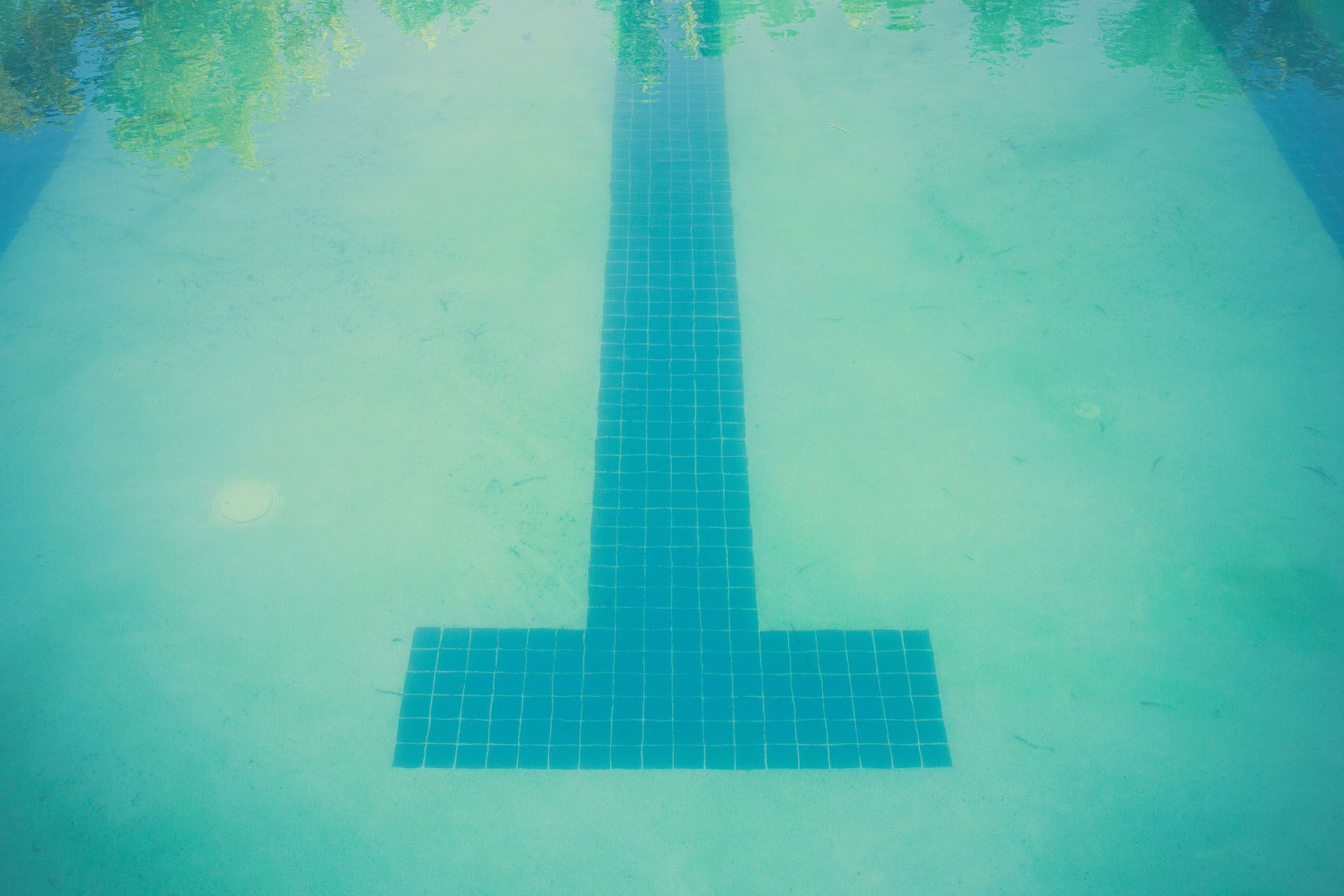

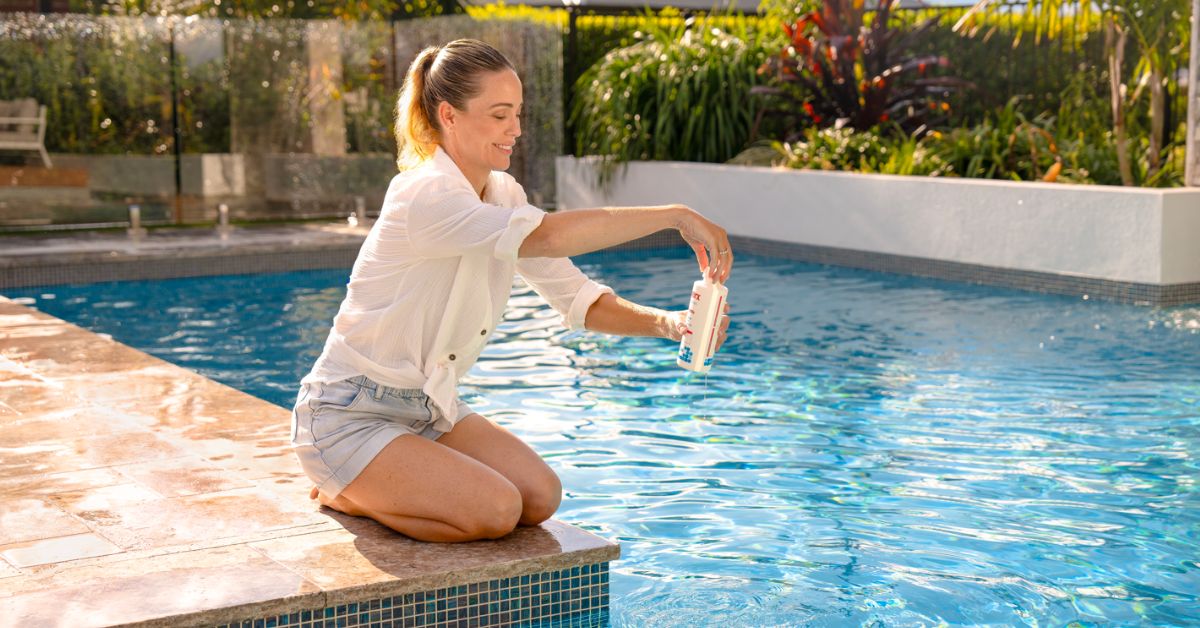
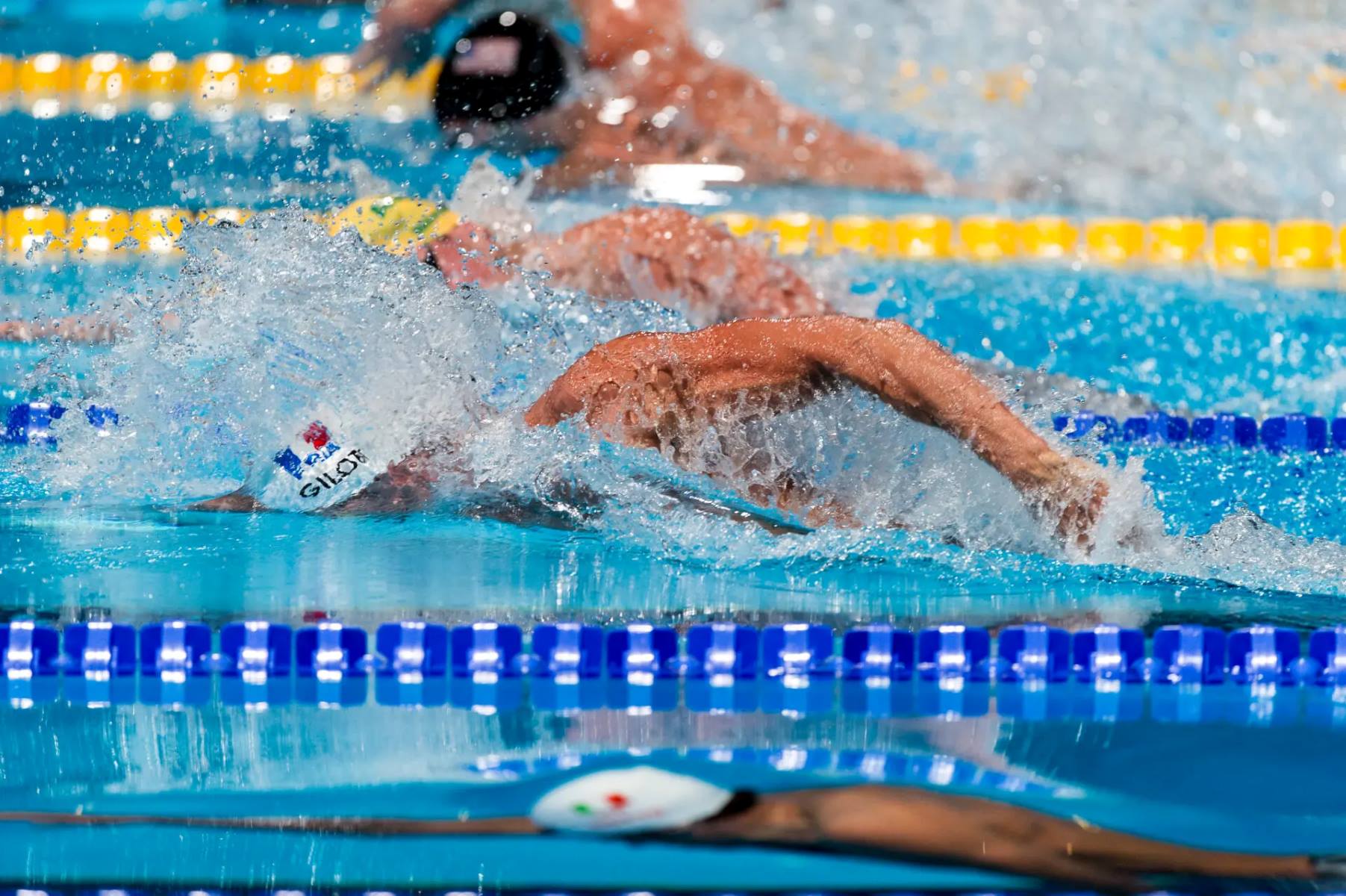
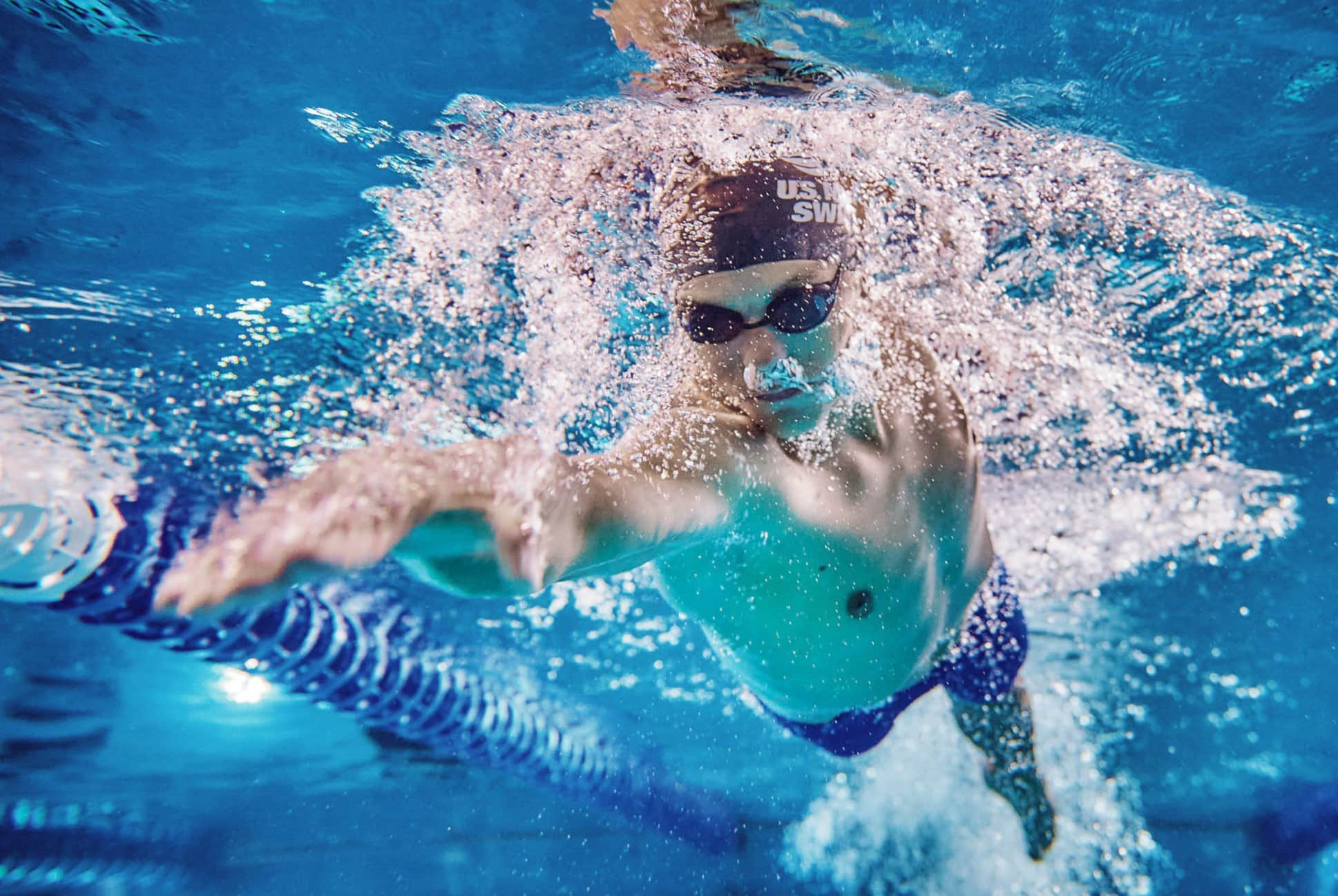
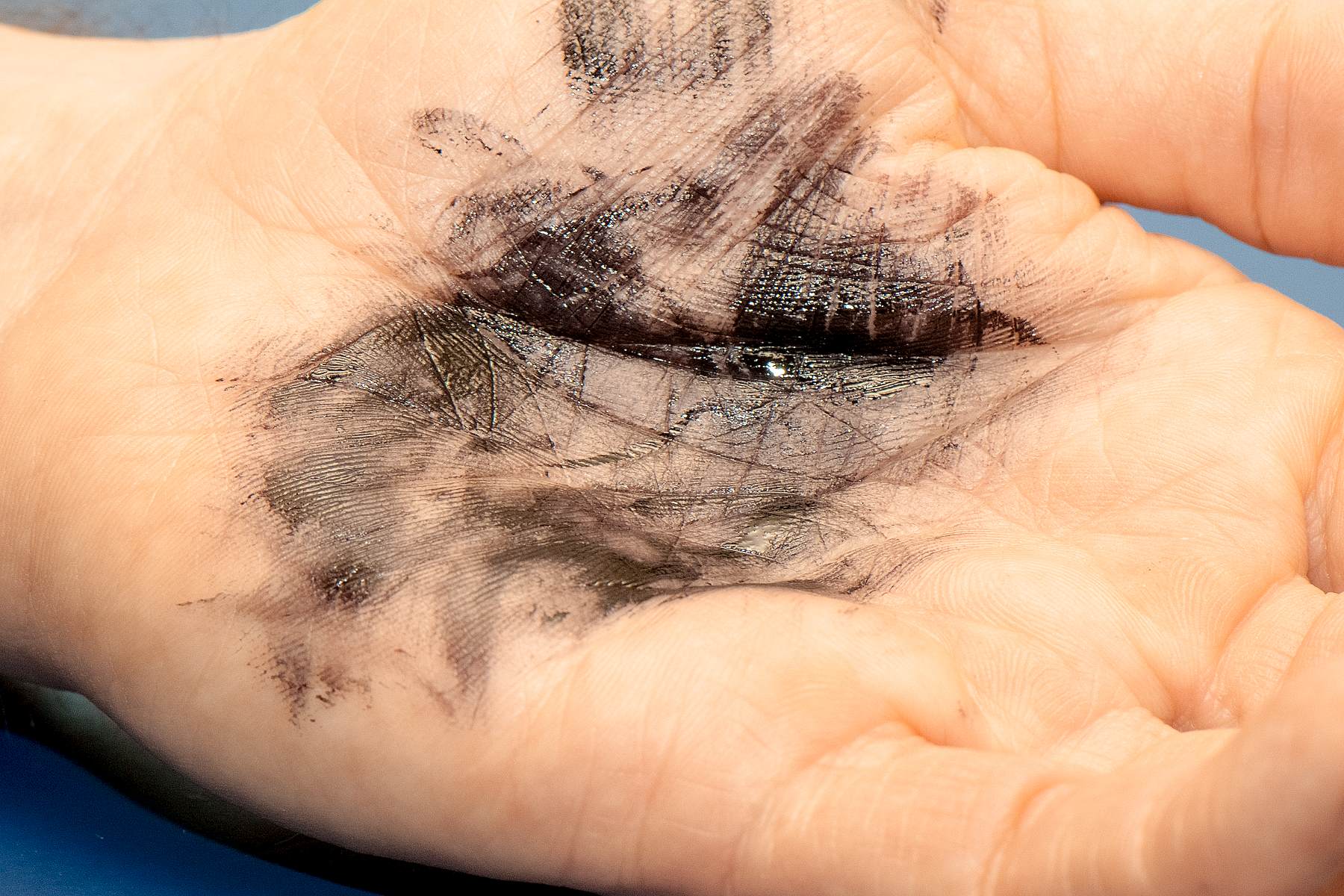


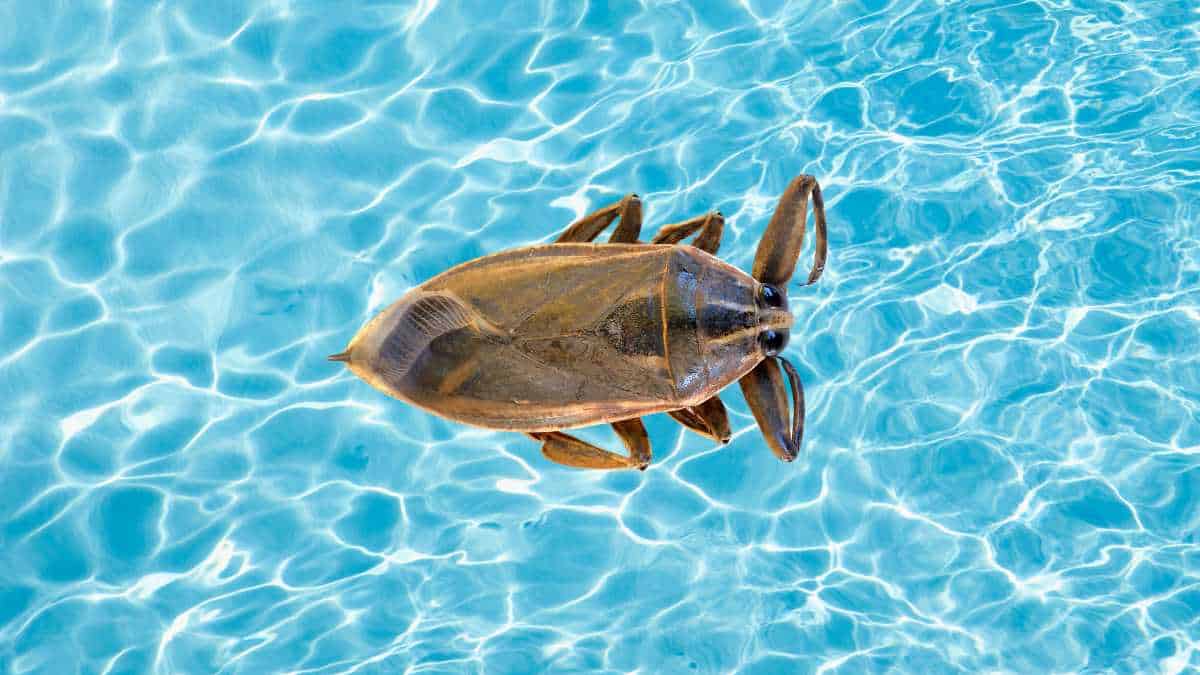
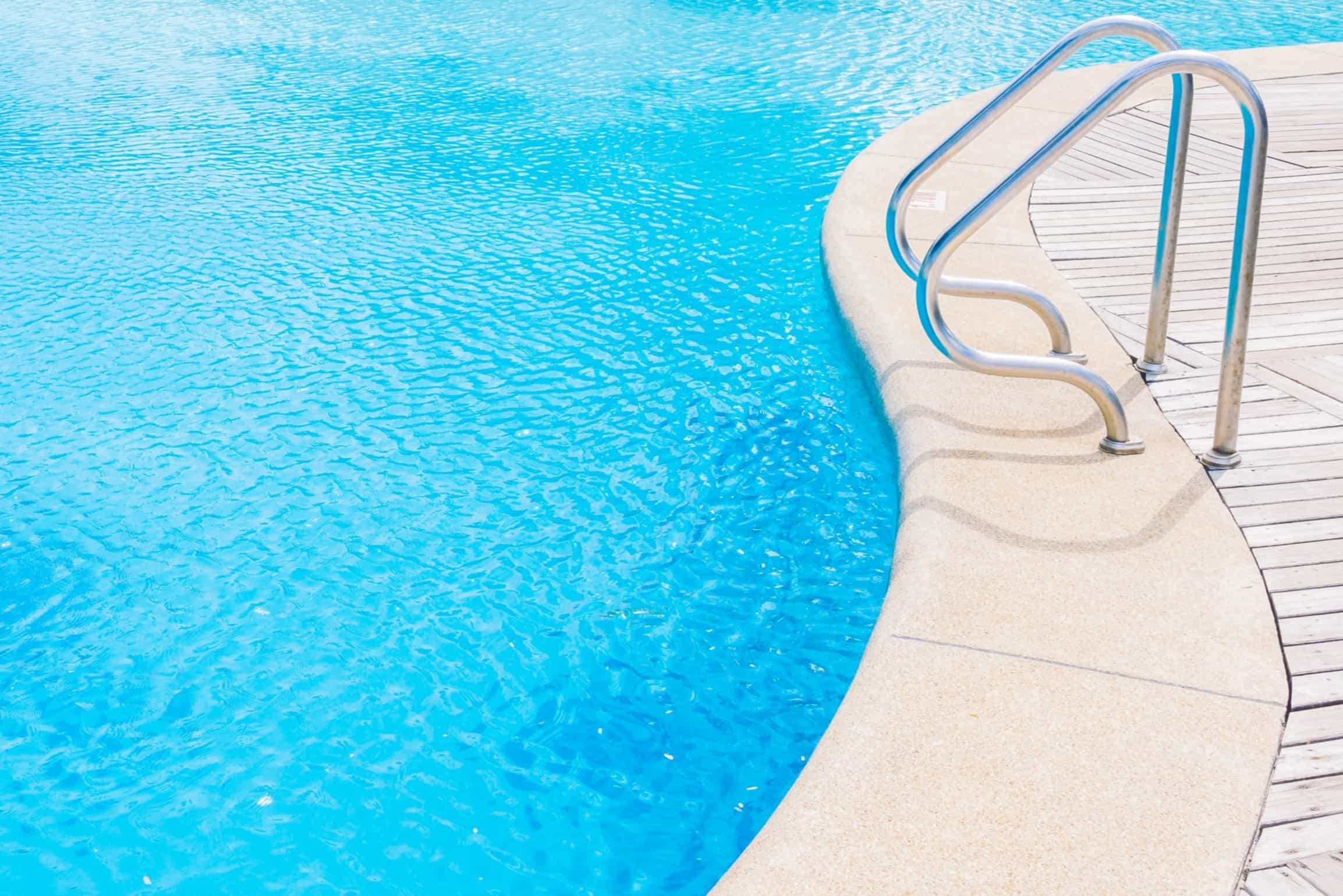
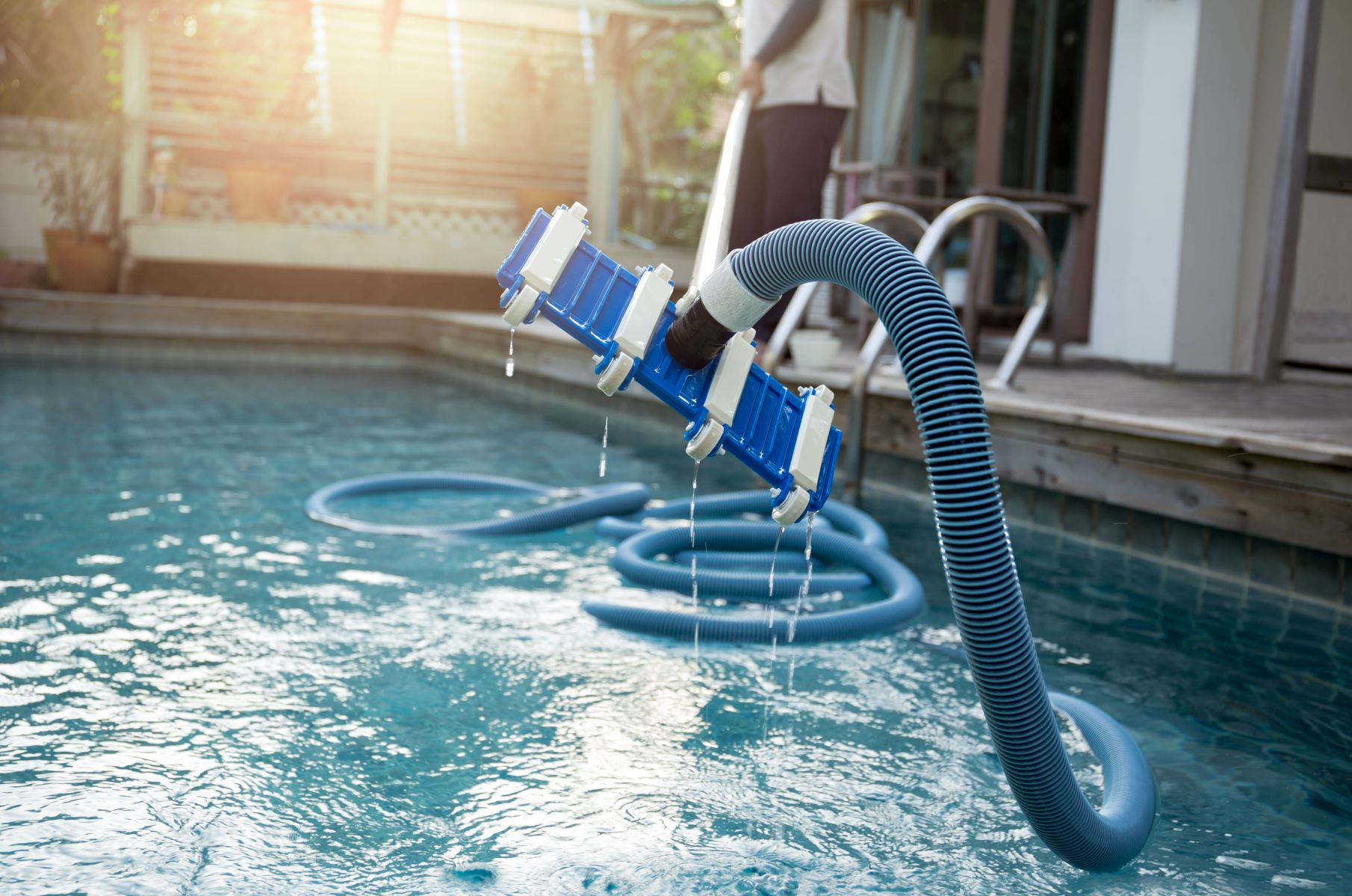
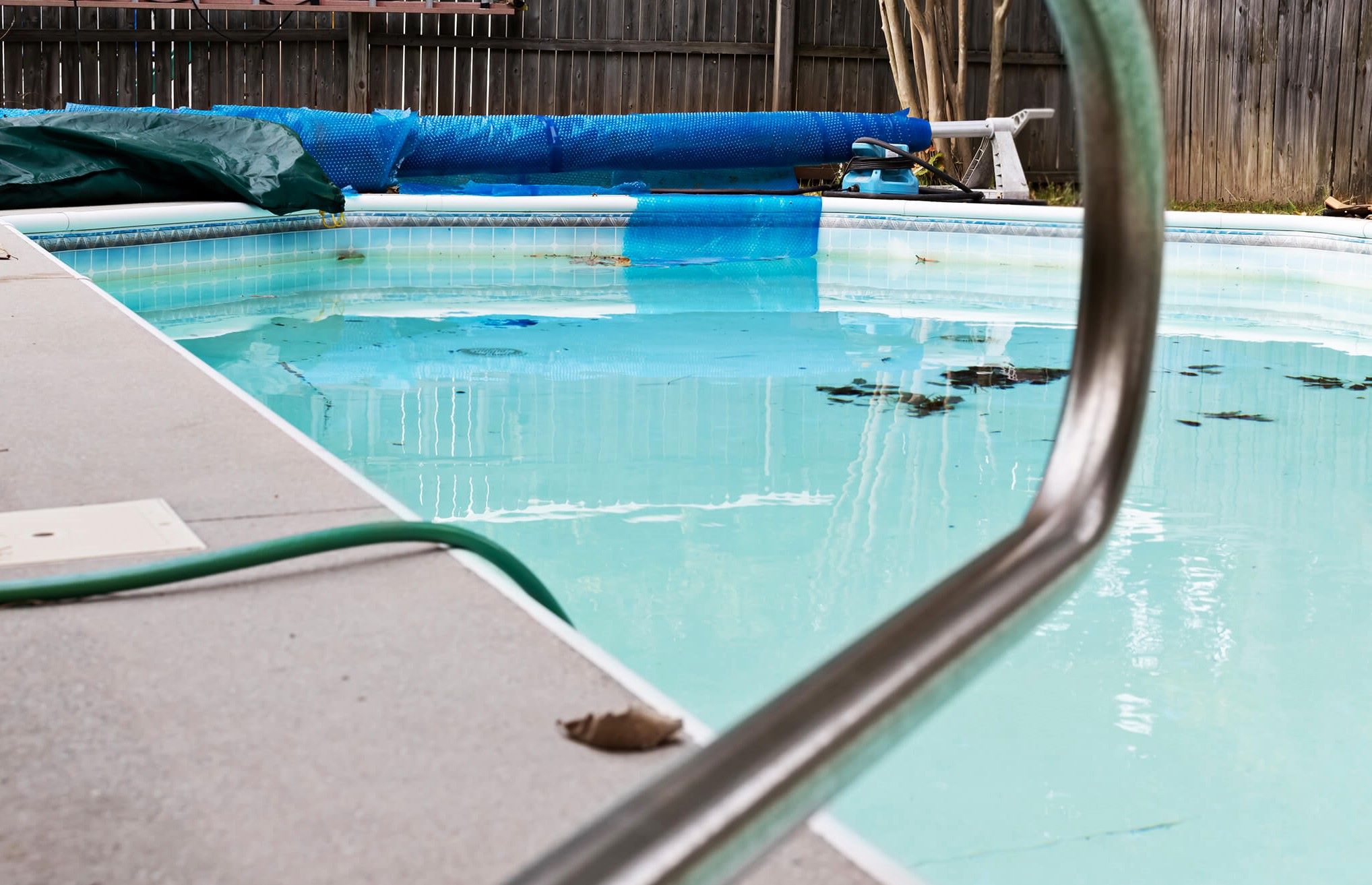
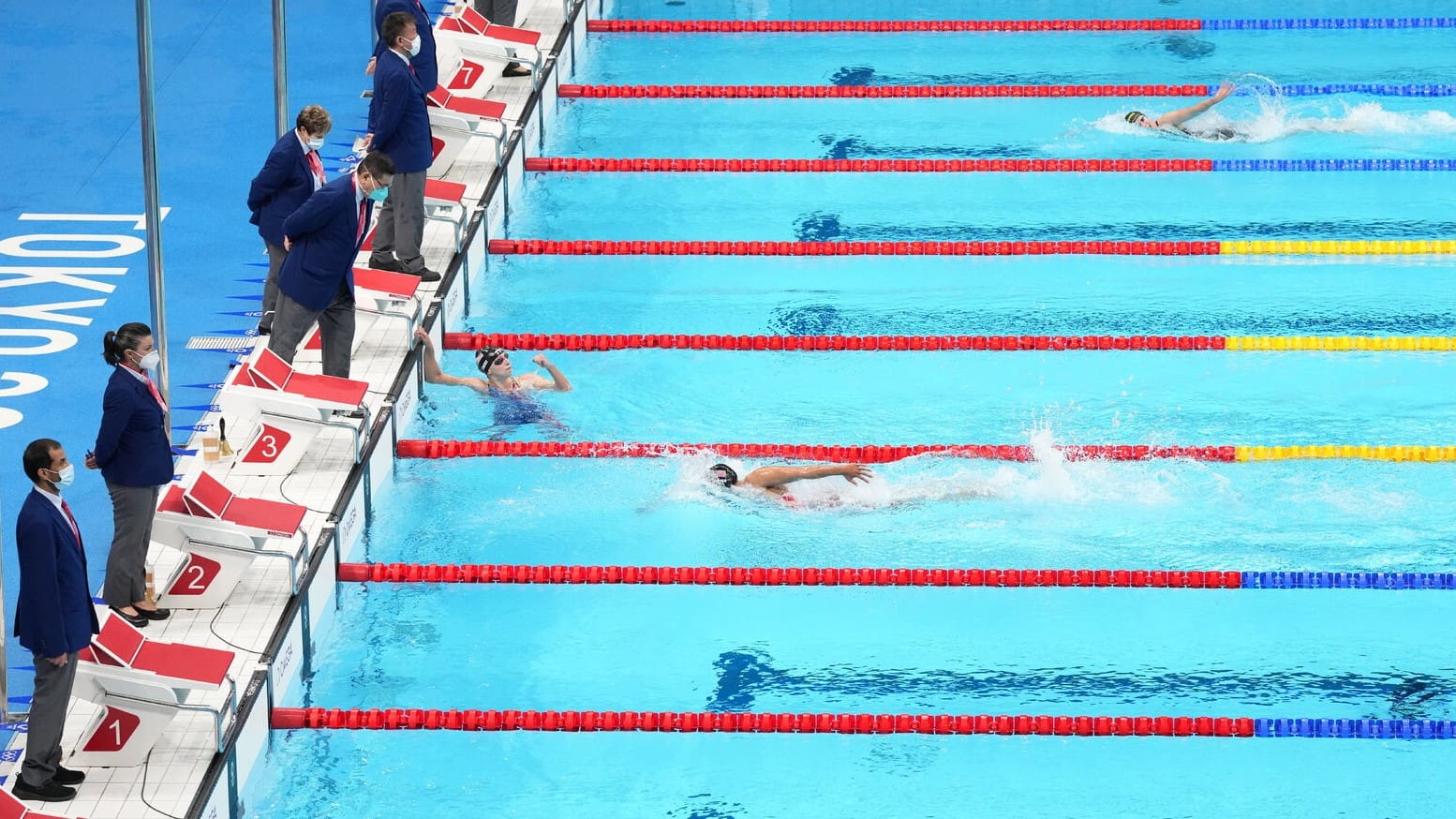
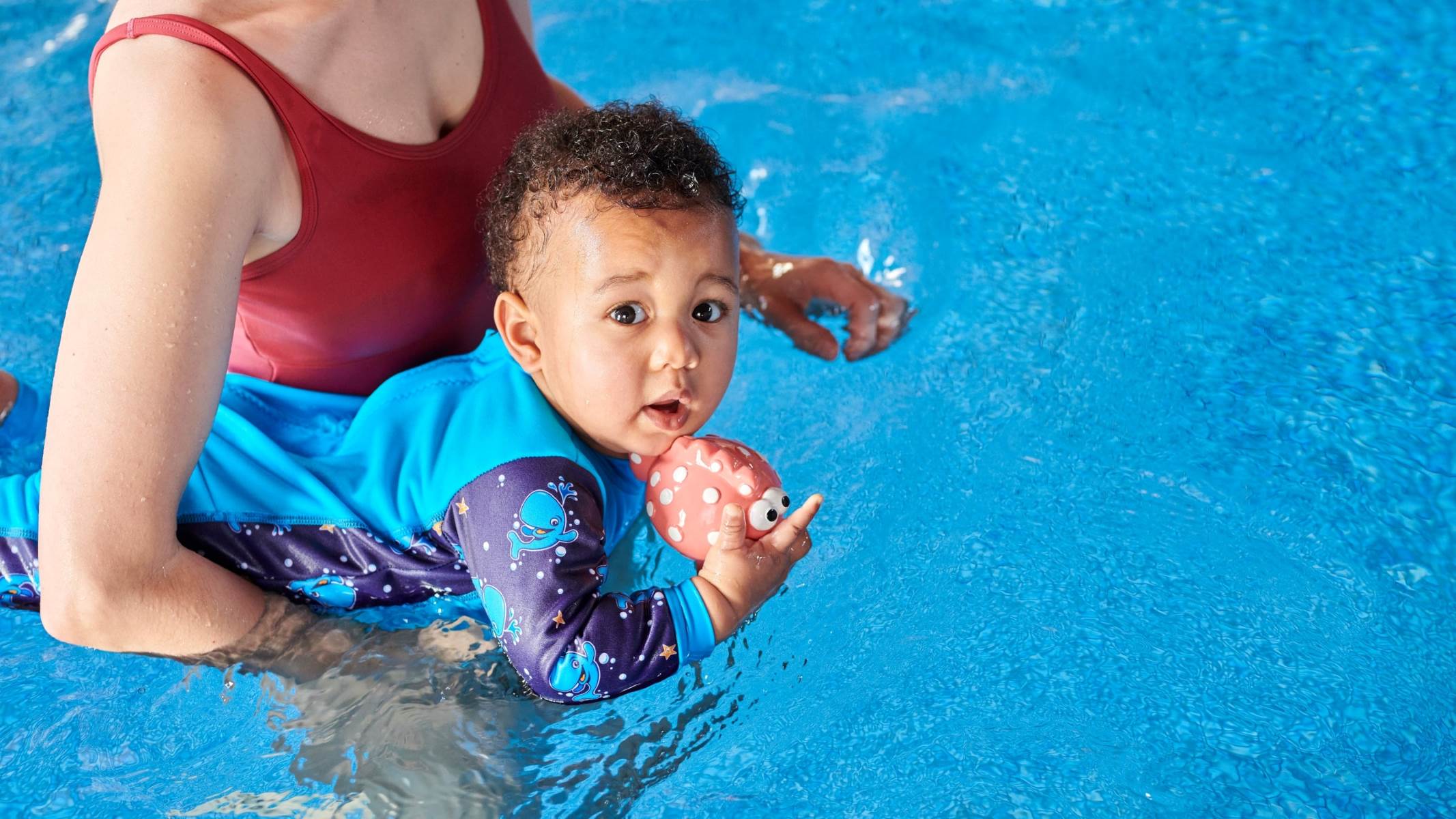

0 thoughts on “Why Does Water Roll Off A Persons Skin When The Person Gets Out Of A Swimming Pool?”